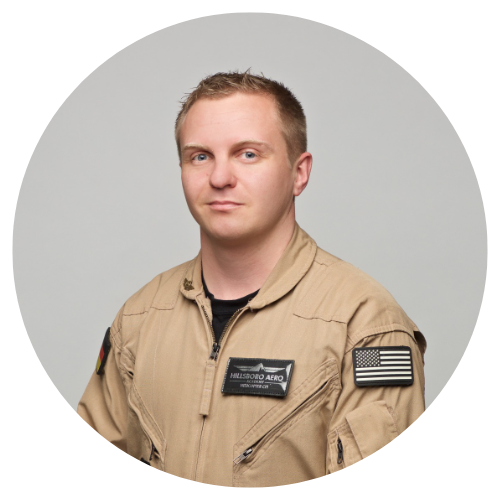Welcome to Lift-Off, our latest newsletter packed with insights on helicopter pilot training and building a career in aviation
Today, we want to take a look at some important differences between EASA and the FAA. Before diving into the licenses, it’s important to understand the following connections:
International aviation
In aviation, each country has a responsible authority that regulates air traffic, licenses, and much more. Similar to the United Nations, there is also an international organization that sets the basic rules for international air traffic. This organization is called ICAO – International Civil Aviation Organization.
In the USA, aviation is monitored and regulated by the FAA – Federal Aviation Administration. In Germany, it’s the Luftfahrtbundesamt, in Austria it’s Austro Control, and in Switzerland, it’s the BAZL. Within the EU, a European aviation authority was established that stands above the national authorities. This is the EASA – European Aviation Safety Agency.
So, to fly in the USA, you need an American FAA flight license, and to fly in Europe, you need a European EASA license.
Training in the USA
As a U.S. flight school, the training at Hillsboro Heli Academy is primarily designed for American FAA licenses. With these, you can fly, work, and gain valuable flight hours in the USA after completing your training.
By the end, you will have the following FAA licenses and approximately 200 flight hours:
FAA PPL
FAA IFR
FAA CPL
FAA CFI
FAA CFII
EASA training
Before we established our EASA program in 2020, it was common for our graduates to complete their EASA licenses after returning to Europe. This “conversion” usually took between 9-12 months, and in some cases even longer. The cost, before the high inflation of recent years, was around 12-15,000 euros, and now it’s likely between 15-18,000 euros. During this conversion process, the same theory as in our program has to be completed, and depending on the flight school and country, between 10 and 35 flight hours must be flown.
Today, thanks to our EASA program, which we offer through Austro Control in cooperation with an Austrian flight school, our graduates can work directly in Europe after returning. This also means that you absolutely need an Austrian Austro Control Class 1 Medical. Before you visit the flight doctor, you should definitely talk to me about this topic!
However, the EASA training also means significantly more work and stress during the training! EASA requires that you complete a 650-hour ATPL (IFR) theory course. We can cover 590 of these hours through an online self-study program and the remaining 60 hours through regular classes with Subject-Matter Experts from Austria. In addition to this theory course, you must also prepare intensively for the 13 written exams. Realistically, the training for the EASA licenses takes about 4-6 months longer than the purely FAA-based training.
The flight portion of the EASA training is very straightforward for us, thanks to Austro Control, and is included as part of the 200 flight hours you need for the FAA flight instructor license anyway. There are only minimal additional costs because the EASA training takes place on the Robinson R44.
At the end of the EASA training, you will have:
EASA CPL
EASA ATPL (IFR) theory
From my experience, I have to say that the combined training is very demanding, and you should only pursue it if you are good at studying. I’ve often seen students over 40 struggle with the scope of the EASA theory. I’d be happy to give you some tips on how to start preparing for this extensive theory before your training!
FAQs
On our website, we’ve created a very comprehensive list of common questions about pilot training. You should definitely take a look at it! http://en.flyhaa.de/faq
Webinars
We regularly host webinars and live events around Europe, where we share a lot of information about the training and the career in the helicopter cockpit. You can watch the recording of our latest webinar here:

